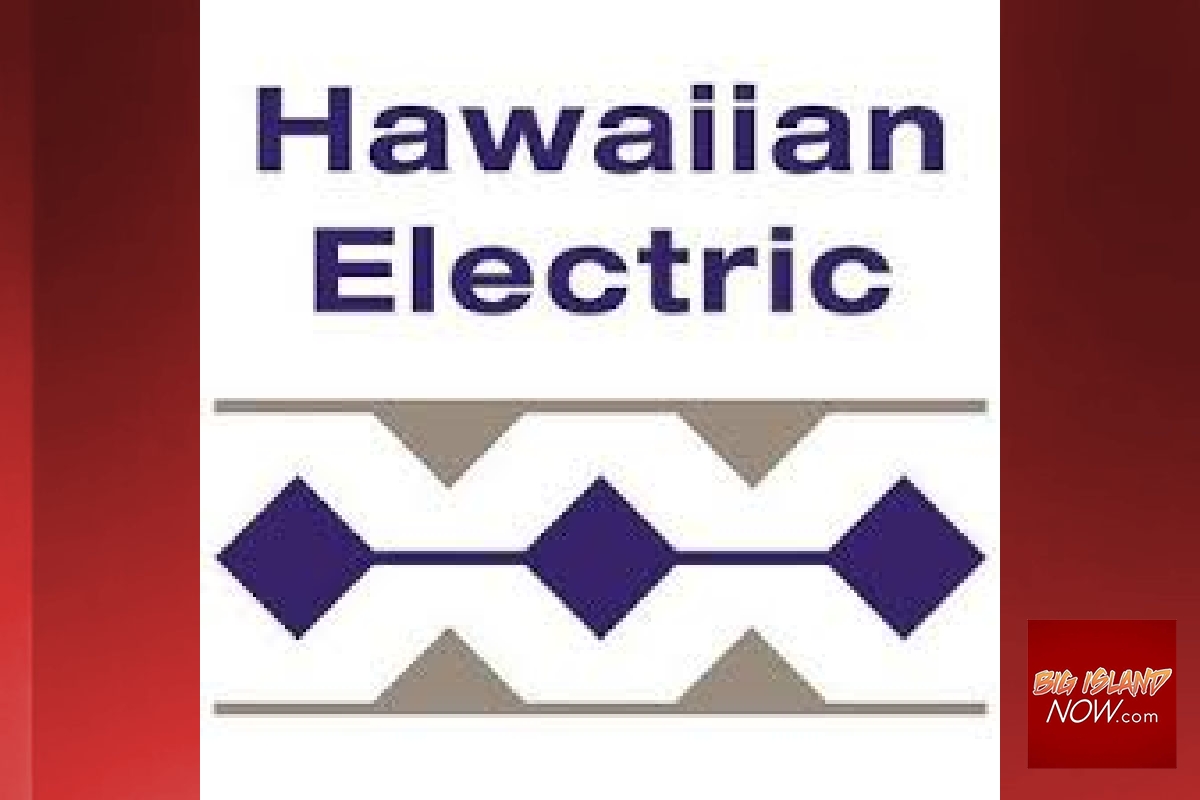Hawaiian Electric Raises Small-Solar Threshold to 100%
Hawaiian Electric Companies has again increased the amount of home photovoltaic systems that can be used by its net-metering customers before triggering interconnection studies.
The threshold for small systems, those of 10 kilowatts or less, has been raised to 100% of the daytime minimum load (“DML”) for circuits.
Hawaiian Electric, the parent of utilities on Oahu, Maui and the Big Island, previously raised the threshold to 75% from 50%.
Jay Ignacio, president of Hawaii Electric Light Co. on the Big Island, last year said that the interconnection studies – which cost from $500 to $15,000 each, depending on their complexity – were necessary to protect the grid from damaging power fluctuations.
Hawaiian Electric said it is also carrying out its own studies on a limited number of circuits.
“This new approach will greatly reduce the number of studies needed and reduce costs to customers,” the company said in statement issued today.
Of the 143 circuits on the Big Island, 17 currently have photovoltaic systems that provide at least 100% of the daytime minimum load, or lowest demand, between the hours of 9 a.m. and 5 p.m. 33% are above 75% of the DML.
On Oahu, 54 of 416 circuits are at or above 100% DML and 100 of them are at 75% DML. For Maui’s 132 circuits, 26 have at least are at or above 100% of the daytime minimum load and 42 are at 75% DML.
Hawaiian Electric is also asking all residential and commercial customers on Oahu planning to add rooftop solar to call or email the utility before signing a contract or beginning installation.
The company said HELCO, as well as Maui Electric and the independent Kauai Island Utility Cooperative, already request that customers contact them before initiating a solar project involving net-metering, or the feeding of solar-generated electricity into a utilities grid.
Notifying the companies in advance provides the customer or contractor with the most up-to-date status of the circuit where they are located, the company said. Depending on the amount of PV systems on the circuit, the utility may perform a supplemental review at its own expense to determine if a more extensive study is required.
Approval of a net-metering application is required before connection to the grid and resulting financial benefits.
With additional studies and more experience, the utility is making changes to minimize the times when an interconnection study may be needed and making it as easy as possible for customers in cases when a study is needed, said Scott Seu, Hawaiian Electric’s vice president for energy resources and operations.
“We want to avoid the situation where our customer signs a contract for PV or starts installation and later learns about added costs for studies or circuit upgrades because the circuit already has a high amount of PV,” Seu said.
HECO spokesman Peter Rosegg said an example of a circuit upgrade could be a “grounding transformer” which protects against excess voltage.
He said such an upgrade could be required on any island where the amount of PV on a circuit could undermine the safety and reliability of electrical service.
Hawaii leads the nation in the percentage of utility customers with photovoltaic systems.
According to the Solar Electric Power Association, Maui is the highest, with 5.4% of Maui Electric customers using PV systems followed by the Big Island at 5.2%. On Oahu, the rate is 4.2% and on Kauai it is 3.1%.
By comparison, about 1.5% of the customers of two large California utilities, San Diego Gas & Electric and Pacific Gas & Electric, utilize PV systems, the association said. Those utilities serve 1.4 million and 5.1 million customers respectively.
The number of photovoltaic systems in use by customers of Hawaiian Electric subsidiaries on the five islands they serve has virtually doubled every year since 2005.
There are currently more than 32,000 PV systems installed producing 240 megawatts statewide, the company said.













